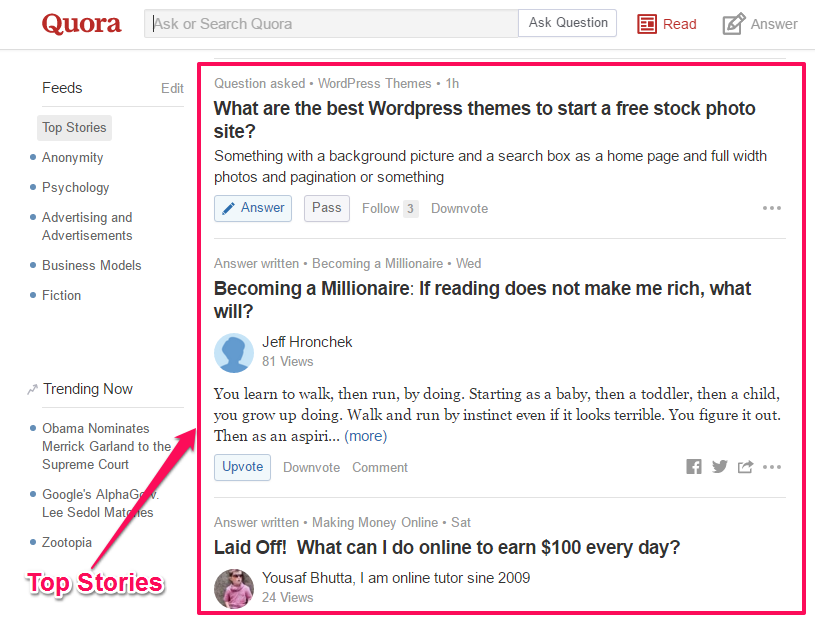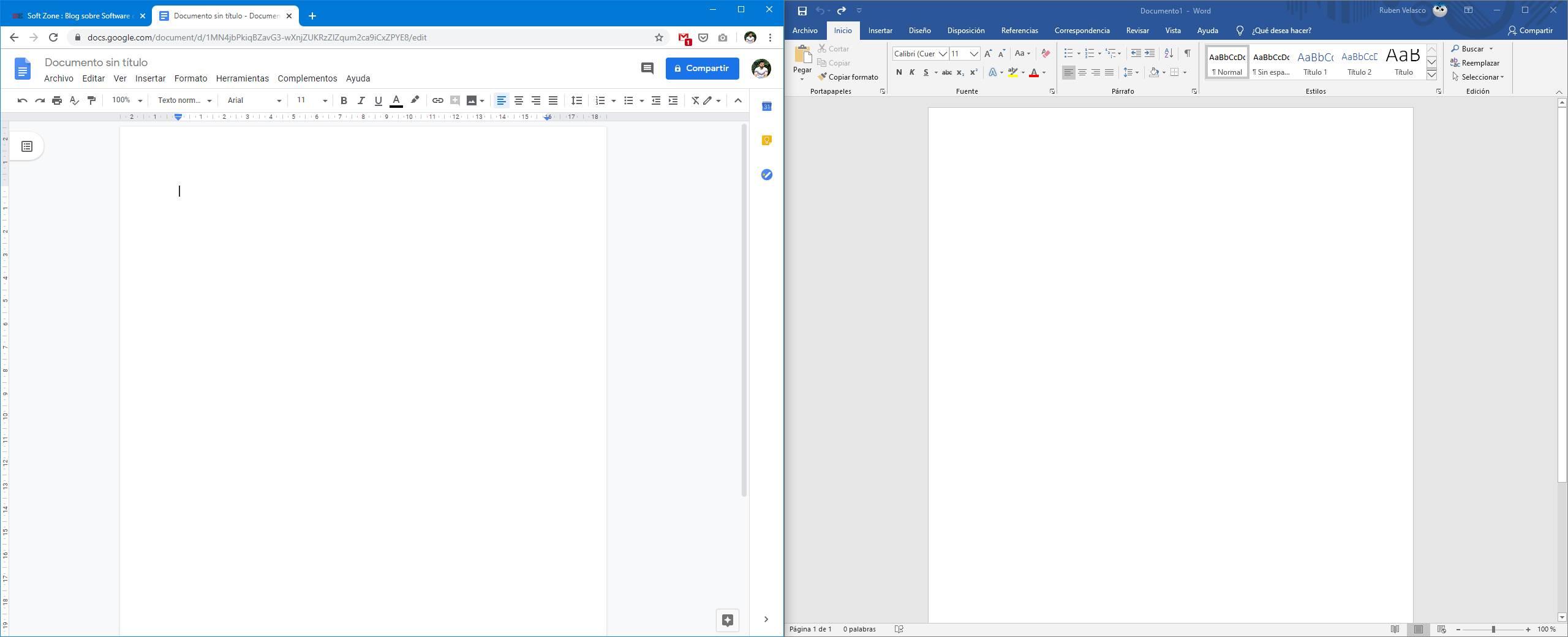

- Google trends word vs word update#
- Google trends word vs word series#
- Google trends word vs word free#
įurthermore, it was shown by Tobias Preis et al. In 2019, governments made climate emergency declarations in larger numbers, years after the first one in 2016. Google Trends data shows that, following the 2006 release of Al Gore's film, An Inconvenient Truth, there was an increase in the number of Google searches for the term climate crisis, providing a measure of the film's influence. Further research should extend the utility of Google Trends in healthcare. Studies have been performed examining such diverse topics as use of tobacco substitutes, suicide occurrence, asthma, and parasitic diseases. The use of Google Trends to study a wide range of medical topics is becoming more widespread. A more sophisticated model for inferring influenza rates from Google Trends, capable of overcoming the mistakes of its predecessors has been proposed by Lampos et al. Because the relative frequency of certain queries is highly correlated with the percentage of physician visits in which a patient presents with influenza-like symptoms, an estimate of weekly influenza activity can be reported. that Google Trends data can be used to track influenza-like illness in a population. Įvidence is provided by Jeremy Ginsberg et al.
Google trends word vs word series#
Ī 2011 study found that an indicator for private consumption based on search query time series provided by Google Trends found that in almost all conducted forecasting experiments, the Google indicator outperformed survey-based indicators. The data obtained from Google Trends has also been used to track changes in the timing biological processes as well as the geographic patterns of biological invasion. Google Trends data has been used to examine trends in public interest and awareness on biodiversity and conservation issues, species bias in conservation project, and identify cultural aspects of environmental issues. Google Trends is increasingly used in ecological and conservation studies, with the number of research articles growing over 50% per year. Google Trends has also been used to forecast economic indicators and financial markets, and analysis of Google Trends data has detected regional flu outbreaks before conventional monitoring systems. This article noted that the most popular search beginning "is my husband" is "is my husband gay?" In addition, he found that American parents were more likely to search "is my son gifted?" than "is my daughter gifted?" But they were more likely to search "is my daughter overweight?" than "is my son overweight?" He also examined cultural differences in attitudes around pregnancy. He also used Google data, along with other sources, to estimate the size of the gay population. Correlating this measure with Obama's vote share, he calculated that Obama lost about 4 percentage points due to racial animus in the 2008 presidential election. For example, in June 2012, he argued that search volume for the word "nigger(s)" could be used to measure racism in different parts of the United States. In a series of articles in The New York Times, Seth Stephens-Davidowitz used Google Trends to measure a variety of behaviors. published research on the predictability of search trends. In 2012, the Insights for Search has been merged into Google Trends with a new interface. It also has the ability to categorize and organize the data, with special attention given to the breakdown of information by geographical areas.

The tracking device provided a more-indepth analysis of results. The tool allows for the tracking of various words and phrases that are typed into Google's search-box. Insights for Search is an extension of Google Trends and although the tool is meant for marketers, it can be utilized by any user.
Google trends word vs word free#
On August 6, 2008, Google launched a free service called Insights for Search. Google now claims to be "updating the information provided by Google Trends daily Hot Trends is updated hourly."
Google trends word vs word update#
Google did not update Trends from March until July 30, and only after it was blogged about, again. In March 2007, internet bloggers noticed that Google had not added new data since November 2006, and Trends was updated within a week. Originally, Google neglected updating Google Trends on a regular basis. Google Trends also allows the user to compare the relative search volume of searches between two or more terms. On September 27, 2012, Google merged Google Insights for Search into Google Trends. On August 5, 2008, Google launched Google Insights for Search, a more sophisticated and advanced service displaying search trends data. The website uses graphs to compare the search volume of different queries over time. Google Trends is a website by Google that analyzes the popularity of top search queries in Google Search across various regions and languages. English, Spanish, Portuguese, Chinese, French, and more


 0 kommentar(er)
0 kommentar(er)
